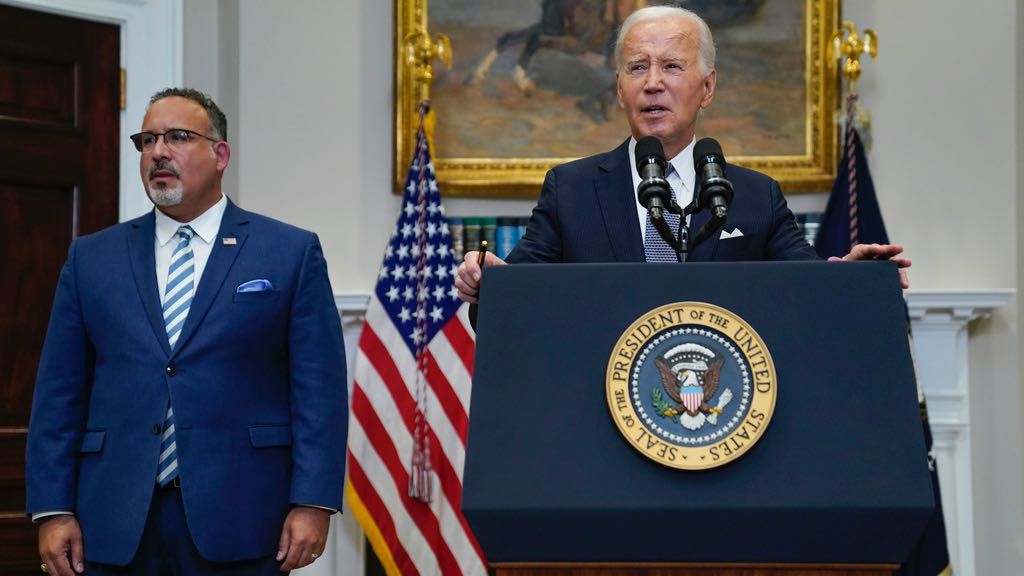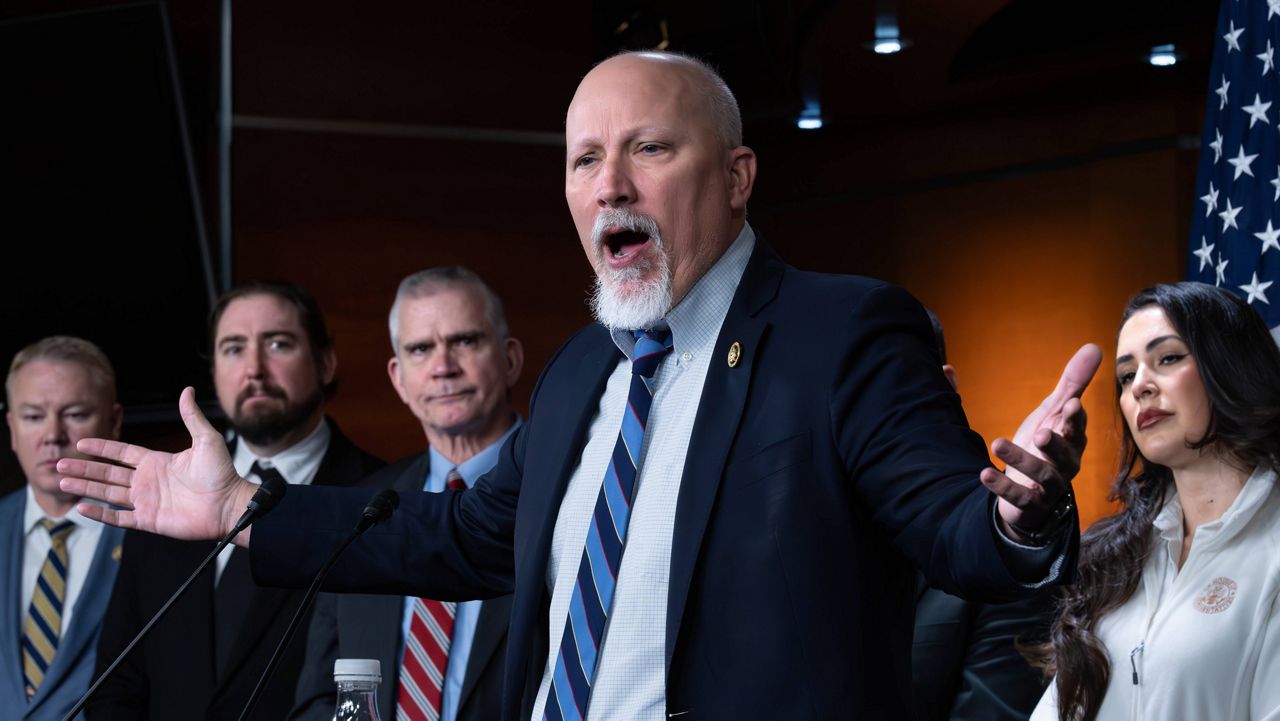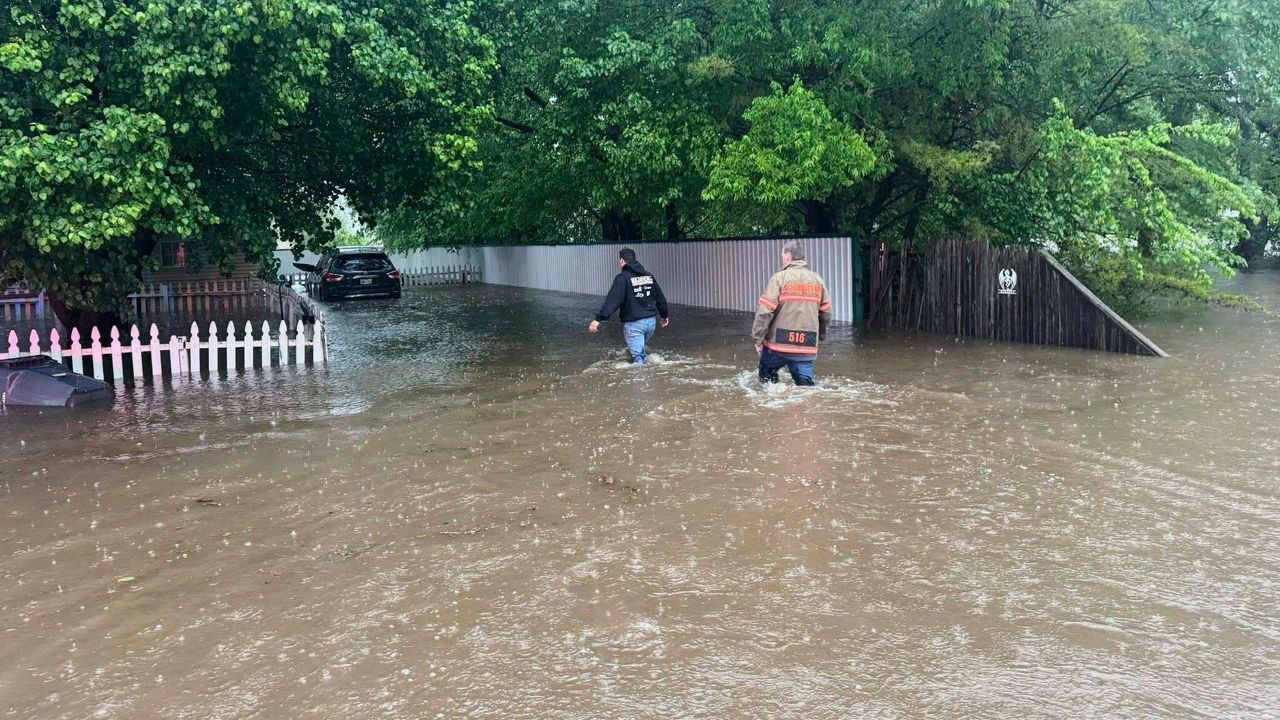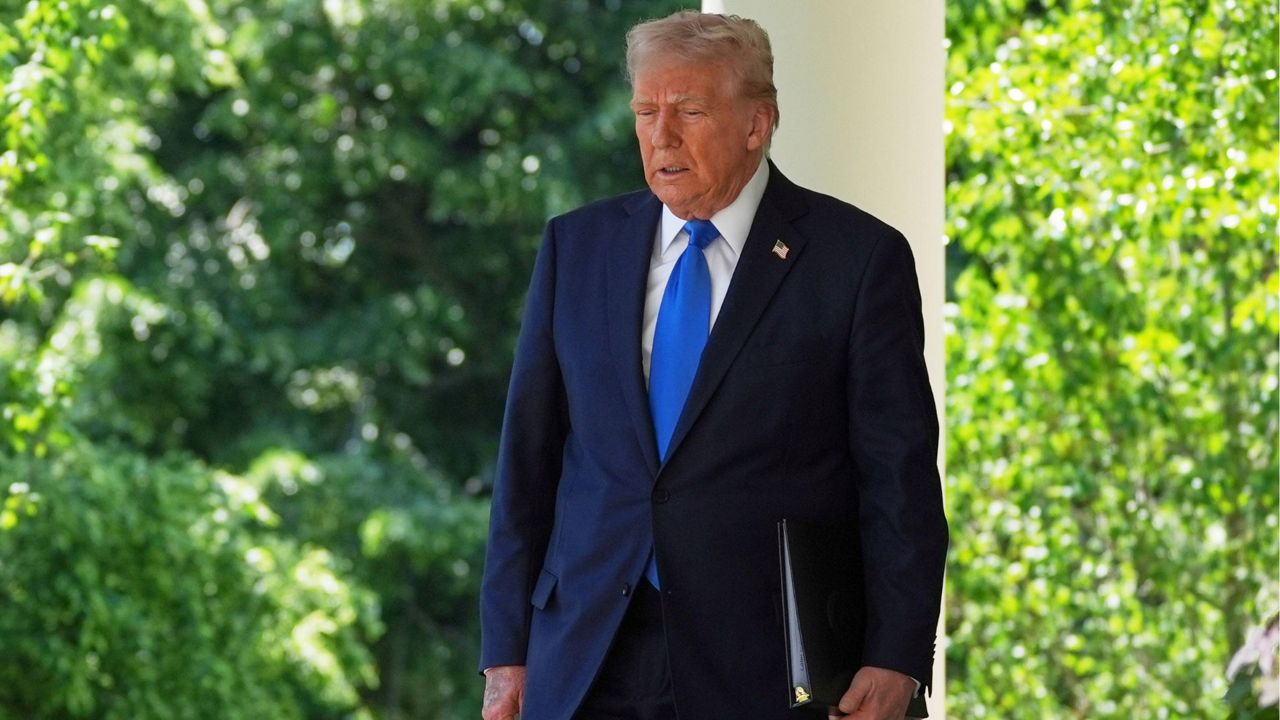The Department of Education on Wednesday announced that it will begin the process this week of emailing tens of millions of student borrowers who may be eligible for relief through a yet-to-be finalized plan that President Joe Biden directed his administration to craft after the Supreme Court struck down his initial loan forgiveness proposal.
In a statement, Education Secretary Miguel Cardona billed the move as a “step forward” in the administration’s promise to deliver loan forgiveness to borrowers who have been “failed by a broken system,” as Biden’s efforts to deliver relief continue to face legal challenges.
The emails, the department said, will go out to all borrowers with at least one federal student loan that has not been fully repaid and will inform them of the latest on where debt relief efforts stand and let them know they have the choice to opt out of potential forgiveness. Those who don’t want to receive relief have until Aug. 30 to call their servicer and inform them.
Receiving an email, however, does not guarantee that someone will be eligible for forgiveness, the department noted. The plan, including those eligible, is expected to be completed this fall.
“The Biden-Harris Administration made a commitment to deliver student debt relief to as many borrowers as possible as quickly as possible, and today, as we near the end of a lengthy rulemaking process, we’re one step closer to keeping that promise,” Cardona said in a statement.
The proposal, outlined by Biden during a trip to Wisconsin in April, would provide at least some level of loan forgiveness for more than 30 million people. It focuses on specific categories of borrowers: those who now owe more on their students loans than when they entered repayment due to interest; certain borrowers who have been in repayment for more than 20 or 25 years; those who would be eligible for forgiveness based on actions already taken but have not applied; and those who enrolled in low-financial value programs, such as an institution that failed the department’s accountability standards.
The new proposed plan is less broad than Biden’s original attempt to cancel up to $20,000 in student debt for all Americans making under a certain income. That plan, however, was struck down by the Supreme Court, which ruled the president did not have the authority to move forward with it.
In the wake of that decision from the high court, Biden directed his team to work out a new proposal using a different legal authority which became the plan outlined in April. The president also announced A new repayment plan called Saving on a Valuable Education or SAVE that intended to lower monthly payments for borrowers based on income, halt loans from growing due to unpaid interest and lessen requirements for low-balance borrowers to receive forgiveness.
That program, however, is now in legal uncertainty after the Eighth Circuit Court of Appeals earlier this month granted a motion for an administrative stay from Republican-led states seeking to block it. The ruling means the entirety of the program is now on hold as the legal process continues.
Despite the legal setbacks, the administration has canceled more than $168 billion in student loans for 4.8 million borrowers, the department said.








